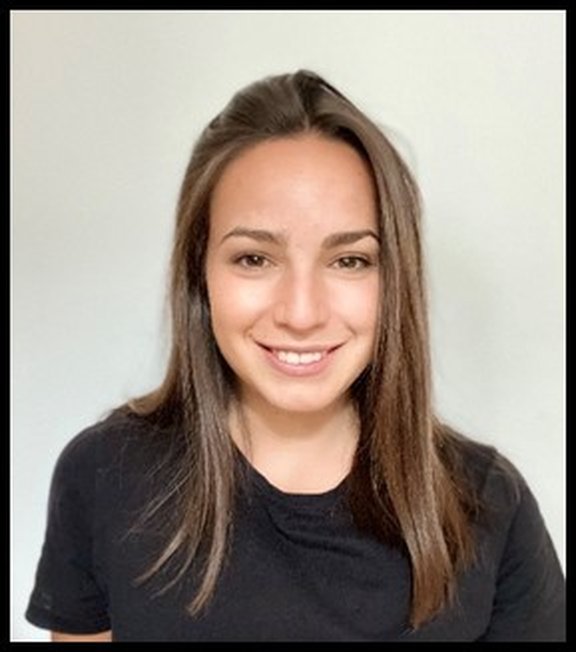Neurophysiology Research Group
connect, collaborate, and discuss with us:




lab director
Email: peter.federolf@uibk.ac.at
Phone number: (+43) 0512 507 45862
Team Members - Team Alumni - Internships - Team publications - Current research projects - Research methodologies
Mission statement
Research into movement variability and into the coordinative structure of movement patterns has gained momentum in recent years as the significance of these aspects of human movement for important functional characteristics, such as motor learning, balance and stability, situation adaptability, or coping with pathologies become more and more apparent.
Our research group investigates sensorimotor integration. We analyse movement variability; the coordinative structure of movement patterns (PCA; “principal movements”); how muscles are activated and how muscle activation is coordinated between muscles (EMG, muscle synergies); and we monitor brain activity (EEG) to link phenomena in the EEG with aspects of movement control.
One focus of our group is postural control research. The ability to accurately control ones movements and posture is relevant in all stages of life. It’s one of the first things an infant learns and it determines to a large extend health, independence, and quality of life in old age. In sports, balance is highly relevant for performance and for injury prevention. It seems obvious that postural control is related to the coordination of the movements of different segments, however, how exactly does this coordinative structure manifest itself? Is better balance associated with faster, stronger, or better coordinated reaction to perturbations? What exactly changes in the movement characteristics during balance training? Do movement patterns differ between stable and unstable or between young and old subjects? How does fatigue affect balance and coordination? - Our group develops and applies methods examining covariation in segment kinematics to approach questions about balance and coordination from a new angle.
A second research focus is technique analysis in sports. The technique of an athlete is the specific coordinative whole-body movement pattern that the athletes exhibit in standard situations of their sport. On the one hand, the technique of an athlete depends on highly specific factors such as the specific body shape, motor learning history, and abilities of the individual athlete; on the other hand, there are common features in the techniques of athletes that allow an experienced coach to characterize, evaluate, and even suggest improvements to the specific techniques of athletes. Scientifically it is challenging how the techniques of different athletes can objectively be compared and how suggestions for improvements can be derived. We quantify the underlying coordinative structure of movements to quantify and compare the techniques between groups of athletes.
Team Members
Professor
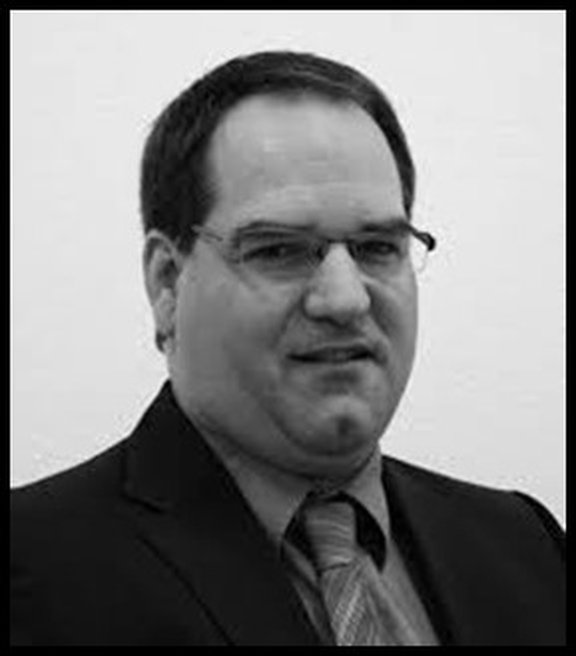
Research interests:
- Motion analysis
- Neuromuscular control
- System dynamics
- Stability, postural control, injury prevention
- Technique analysis in sport
Contact: Peter.Federolf@uibk.ac.at
Assistant professors
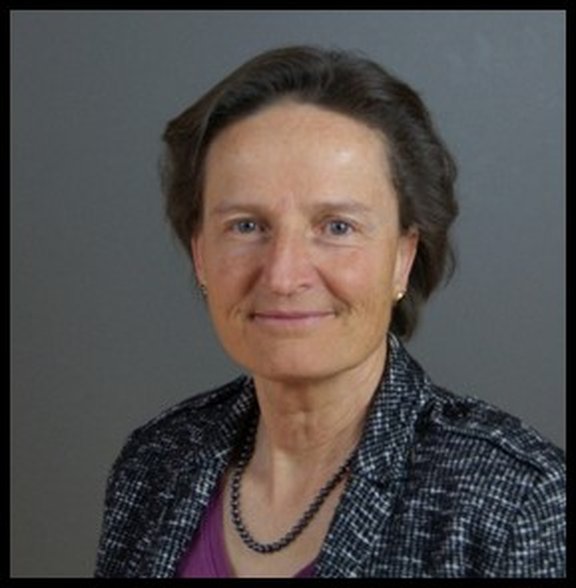
Research interests:
- Adaptation of postural control to changing sensorimotor feedback
- Movement variability and control of variability
- Impacts of movement instructions (internal – external focus)
Contact: Inge.Werner@uibk.ac.at
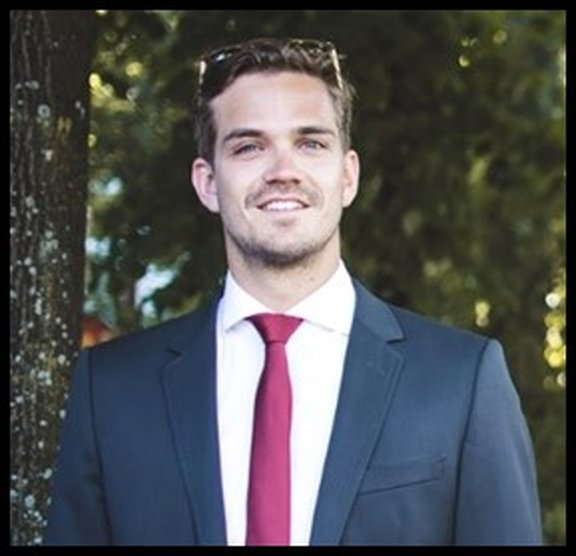
Research interests:
- How muscle activation patterns control whole-body movement
- Adaptations in postural control during balance training
- Knee injury biomechanics
Contact: maurice.mohr@uibk.ac.at
Postdoctoral fellows
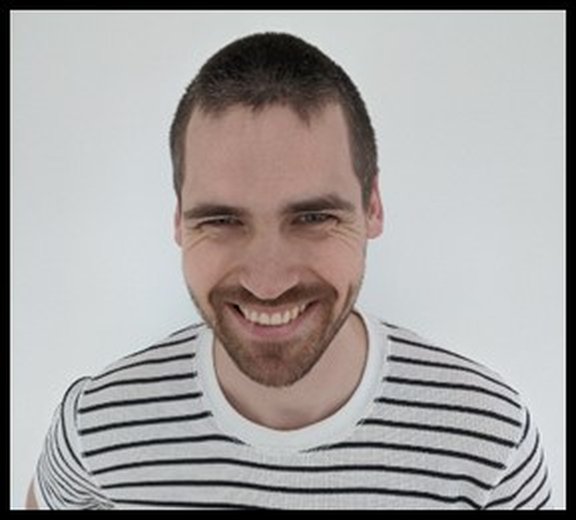
Research interests:
- Perceptual guidance of locomotion
- Motor learning and skill acquisition
- Theoretical approaches to motor control
Contact: Steven.van-Andel@uibk.ac.at
PhD students
Roman Rethwilm, MSc
Research interests:
- Clinical gait analysis
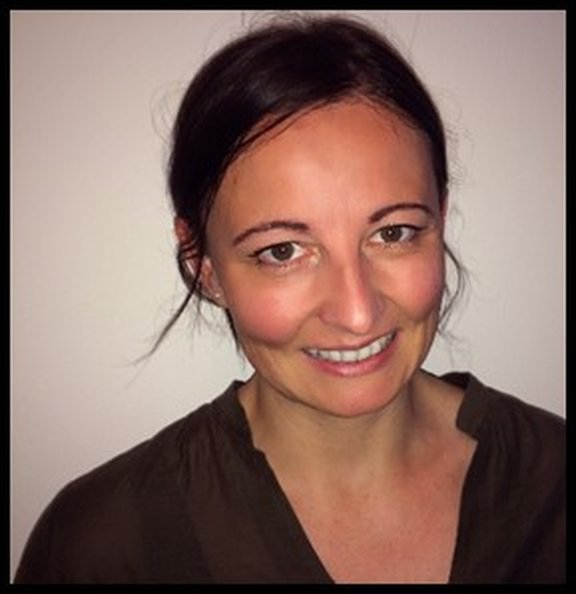
Antonia Santner, MMag
- Cognition and coordination
- Electroencephalography
Contact: antonia.santner@student.uibk.ac.at
Masters students
Simone Beekhuizen, Bsc
Thesis title: Attentional focus training effects and the influences of conscious motor control in gymnastics related balance tasks; a pilot study, using principal component analysis and movement quality.
Noah Buntrock, Bsc
Thesis title: Effects of training based on an ecological approach on passing skills in field hockey (German: Einfluss eines Trainings beruhend auf dem ökologischen Ansatz auf die Passleistung im Feldhockey)
Dominik Fridrich, Bsc
Thesis title: Influence of foam rolling or CRPNF-Stretching on the squat movement pattern (German: Zum Einfluss von Foam Rolling oder CRPNF-Stretching auf das Bewegungsmuster Kniebeuge)
Antonia Hackl, Bsc
Detecting postural control mechanisms in healthy and stroke subjects with an individualized stroke posture assessment
Robin Mayr, Bsc
Thesis title: Efficacy of two ankle-foot orthosis (hinged AFO, carbon fibre AFO) in children with unilateral cerebral palsy within the gait pattern 'foot drop' - a restrospective study
Robin Pieper, Bsc
Thesis title: Principal component analysis as a new performance diagnostic and training tool?
A comparison of movement patterns affecting running economy between recreational and professional athletes in treadmill running
Florian Röhrl, Bsc
Thesis title: Could a dynamic saddle concept prevent low back pain during cycling? A marker-based movement analysis of the spine
Julia Scharbert, Bsc
Thesis title: The influence of a neuromuscular training intervention on muscle activation strategies during change-of-direction movements
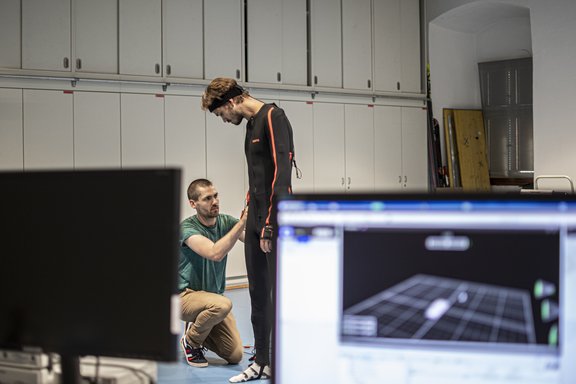
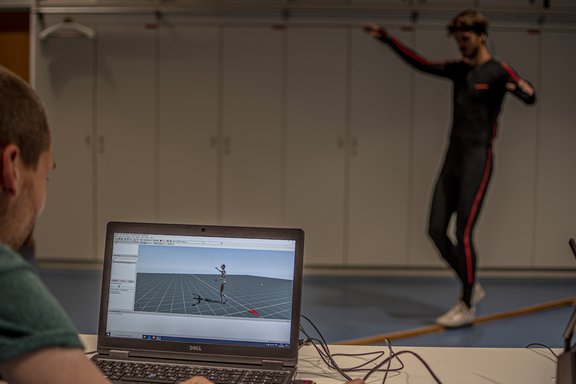
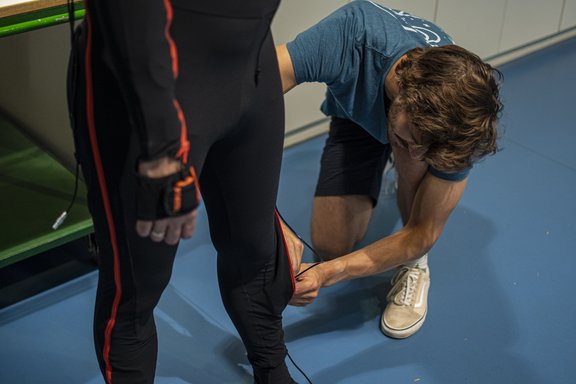
Team Alumni
Postdoctoral fellows
Aude-Clémence Doix (PhD), post-doctoral fellow, 2015-2019
PhD students
Felix Wachholz (PhD), doctoral student, 2017-2020
Alessia Longo (PhD), guest doctoral student, 2016-2018; home university: Radboud University, Nijmegen
Arunee Promsri (PhD), doctoral student, 2016-2020
Thomas Haid (PhD), doctoral student, 2015-2019
Master students
Benjamin Reimeir, 2021
Andreas Schmidt, 2021
Florian Sterner, 2021
Lucas Peer, 2021
Daniel Jochum, master student, 2020
Daniel Debertin (MSc), exchange master student, 2020
Tove Kockum, master student, 2020
Federico Tiribello, master student, 2019
Johannes Grünbichler, master student, 2019
Maximilian Huber, master student, 2019
Maximilian Seidl, master student, 2019
Maria Weise, master student, 2019
Mario Gattinger, master student, 2019
Toni Leidl, master student, 2019
Valentin Klotzner, exchange master student, 2018; home university: Karlsruhe Institut of Technology (KIT), Karlsruhe, Germany
Julia Hagenauer, master student, 2017
Felix Wachholz, master student, 2017
Sebastian Färber, master student, 2017
Nicolai Szelenczy, master student, 2017
Roman Rethwilm, master student, 2016
Martin Winding, master student, 2016
Julian Kiefer, master student, 2016
Tobias Jäger, master student, 2016
Internships
If you are interested in working with our group as an intern, please contact Prof. Federolf via email.
Current interns:
Ivan Serafin, 2021
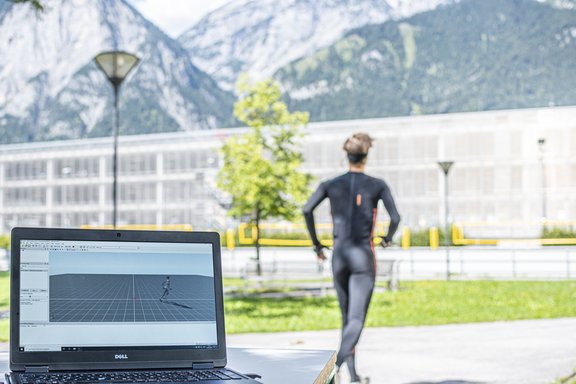
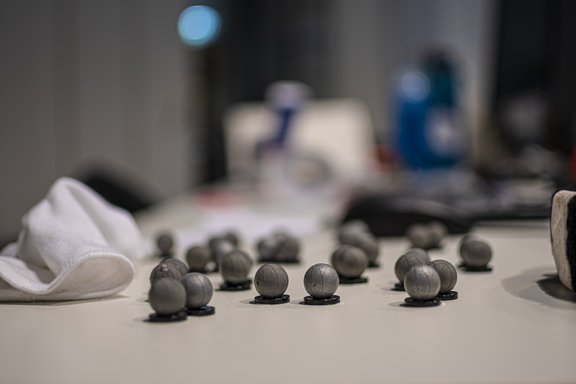
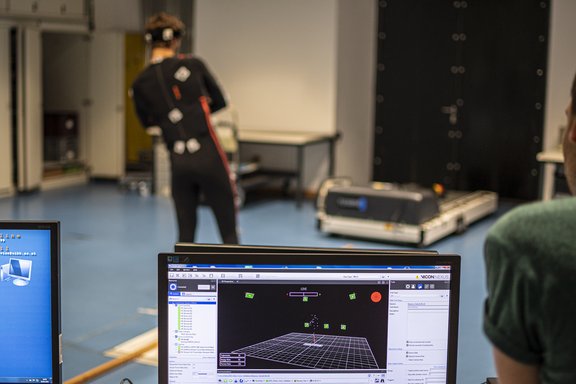
Research methodologies
The goal of our neuromuscular system is to either produce or restrict movement. Think of kicking a soccer ball (produce movement) or trying to stand as still as possible on one leg (restrict movement). Either way, we can use 3D motion analysis to record and reconstruct the three-dimensional movements of all body segments during a certain task and find out how successfully the neuromuscular system controlled this movement task. An example could be to measure the body sway during a standing balance task or two record the ankle, knee, and hip joint angles while walking on a treadmill. Our research team uses two different technologies to carry out 3D motion analyses: Vicon and XSens. During these activities, we might also be interested in how this neuromuscular control is maintained. Related to this, we can measure muscle activity using Electromyography (EMG) or the electrical activity in the brain using Electroencephalography (EEG).
Kinematic Principal Component Analysis (PCA)
One of our more focused research areas is the application of principal component analysis to 3D movement data in order to structure the movement into individual movement components that can be further analyzed. To find out more about the PCA and how to use it, check out the free software developed in our group: The PMAnalyzer
Also, check out video tutorials and explanations related to the application of PCA on movement data:
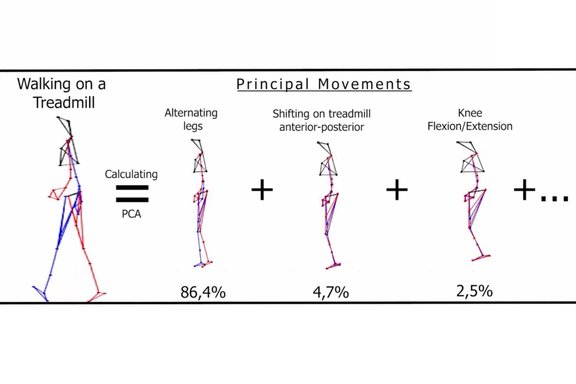
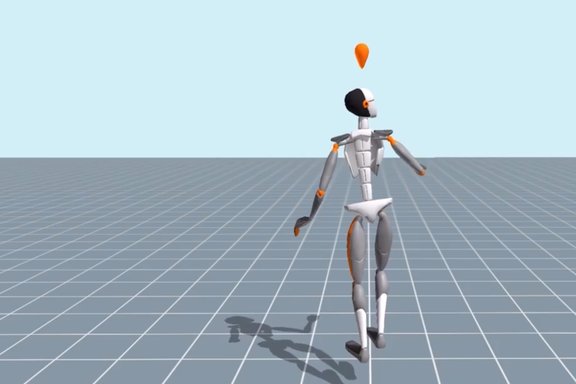
Highlighted publications
Andel, S. Van; Pieper, R.; Werner, I.; Wachholz, F.; Mohr, M.; Federolf, P. (2022) Implications of Optimal Feedback Control Theory for Sport Coaching and Motor Learning : A Systematic Review. Motor Control, 26, 144–167. https://doi.org/10.1123/mc.2021-0041
Mohr M., Pieper R., Löffler S., Schmidt A.R., Federolf P. (2021) Sex-specific hip movement is correlated with pelvis and upper body rotation during running. Frontiers in Bioengineering and Biotechnology – Biomechanics 9:657357. https://doi.org/10.3389/fbioe.2021.657357
Wachholz F., Tiribello F., Promsri A., Federolf P. (2020) Should the Minimal Intervention Principle Be Considered When Investigating Dual-Tasking Effects on Postural Control? Brain Sciences, 10(1), 1. https://doi.org/10.3390/brainsci10010001
Promsri A., Haid T., Federolf P., (2018) How does lower limb dominance influence postural control movements during single leg stance? Human Movement Science, 58C, 165-174. https://doi.org/10.1016/j.humov.2018.02.003
Haid T., Zago M., Promsri A., Doix A.-C., Federolf P. (2019) PManalyzer: a Software Facilitating the Study of Sensorimotor Control of Whole-Body Movements. Frontiers in Neuroinformatics 13: 24. https://doi.org/10.3389/fninf.2019.00024
Gløersen Ø., Federolf P. (2016). Predicting missing marker trajectories in human motion data using marker intercorrelations. Plos One, 11 (3): e0152616. http://dx.doi.org/10.1371/journal.pone.0152616
Federolf P. (2016). A novel approach to study human posture control: "principal movements" obtained from a principal component analysis of kinematic marker data. Journal of Biomechanics, 49(3), 364-370. http://dx.doi.org/10.1016/j.jbiomech.2015.12.030
Current research projects
For an overview of current research projects, please visit our ResearchGate group page:


